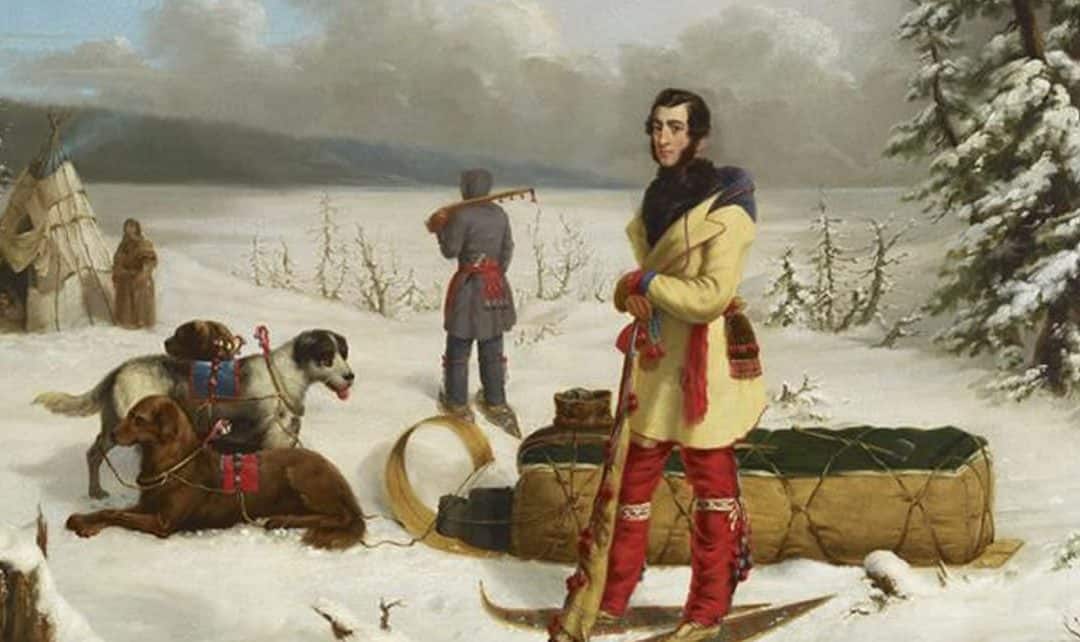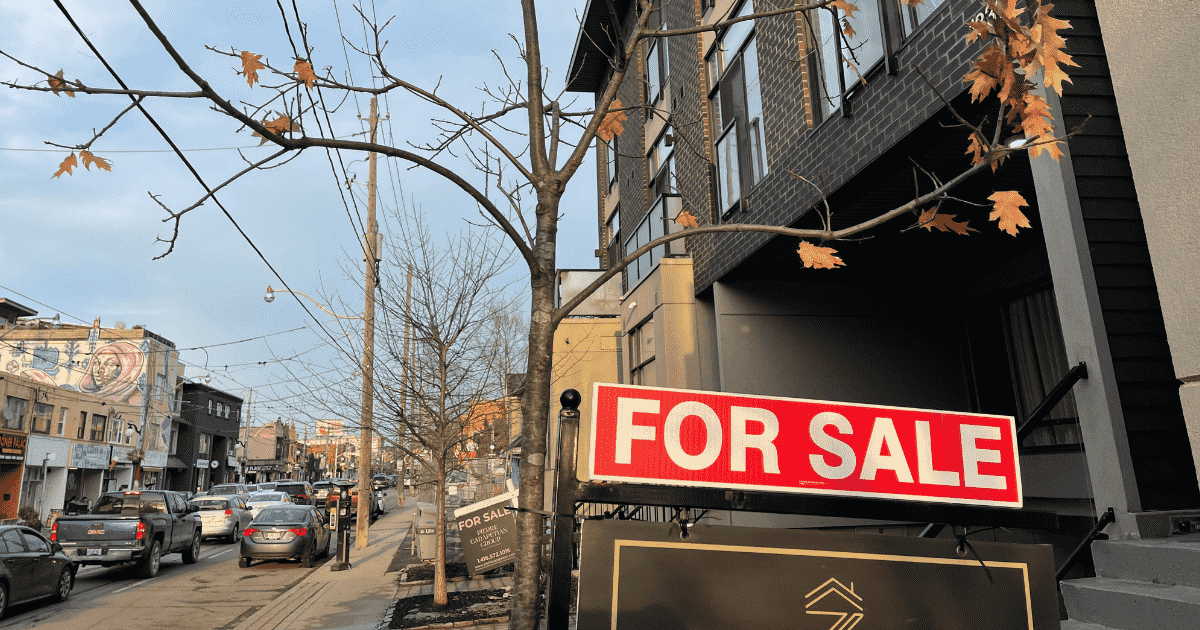Samuel de Champlain and 32 colonists settled on the site of Quebec City in 1608. He and the surveyors that followed laid out farm lots for settlers, town sites, canals and railways. Surveyors were largely responsible for the creation of settlement patterns to accommodate waves of immigration and aboriginal land claims.
Thousands of United Empire Loyalists and other settlers migrated from the U.S.A. in 1782 following the War of Independence. Governor-General Sir Frederick Haldimand created the first township system in 1783 and land was distributed to the immigrants by drawing lots.
A treaty was negotiated in 1790 whereby the British Crown acquired title to what is now southwestern Ontario. The result of this treaty was that most of the Ontario peninsula was opened to British and Loyalist settlement.
Surveyors mapped canals to link overland routes with major water bodies and set the alignment of railways to connect settlements and increase trade. Surveyors opened military roads and numerous “colonization” roads that are still used today. As settlement progressed, surveyors laid out townships consisting of lots and concessions. Along each concession they reserved a road allowance, which was linked at intervals by side roads, shaping Ontario’s network of modern roadways.
Although the history of the surveying profession in Canada began with the voyages of Champlain, the history of the Association of Ontario Land Surveyors began in 1892, much of which is documented in the book Great Lengths by Charles Wilkins in celebration of 125 years.
Ontario Land Surveyors continued the legacy of their predecessors in shaping the foundations of significant political and economic development in Ontario like railways, highways and pipelines; farms, towns and cities; and forms of communication and travel that connect the people of Ontario to one another and the world.
Acknowledged as one of the principal founders of the Association of Ontario Land Surveyors, Willis Chipman, engineer and OLS, continues to be honoured in Ontario, Canada and abroad. Chipman is best known for advancing the design of sewage treatment plants to save lives commonly lost to cholera, scarlet fever, typhoid and smallpox. Elected president of the AOLS in 1896, Chipman advocated improved education and apprenticeships for surveyors, and more rigorous examinations for licensing.
Before the launch of the Ontario Association of Real Estate Boards (OAREB) in 1922, many land surveyors were land developers and successful business owners of grist mills, saw mills and farms, as well as being vendors of surveyed lots. Many townships of Ontario carry the names of surveyors. Ontario’s land surveyors became licensed in 1892 and worked with local law firms to help build a professional real estate industry based on standards and ethics.
OAREB was established with the vision to organize real estate activities provincewide and to bring higher standards to real estate transactions. Eight years later, the provincial government passed the Real Estate and Business Brokers Act 1930, which marked the beginning of bringing standards, respect and public trust to an emerging profession of Realtors. The act required salespeople and brokers to obtain a licence. In 1972, the association was renamed the Ontario Real Estate Association (OREA) and the mission identified in 1922 continued.
By the turn of the century, Ontario’s Realtors enjoyed a professional association that was reinforced with passage of The Real Estate and Business Brokers Act, 2002 (REBBA). Revisions to previous legislation governing the profession included tougher consumer protection regulations.
Among the many uses of the Ontario cadastre set by Ontario Land Surveyors are real estate transactions that are drafted and executed by a principal team of Realtors, lawyers and land surveyors. There is no doubt that OREA is raising the bar for its members to obtain and maintain a licence to engage in transactions, and this action is strengthening the relationship between the Realtor and Ontario Land Surveyor.
The histories of Ontario Land Surveyors and Ontario Realtors took similar paths in the early 1920s. Both professions have a legislated responsibility to the public, and both have a responsibility to understand the role that each profession has in managing one of Ontario’s greatest assets – its registry of property showing the extent, value and ownership of deeds.
Blain Martin, OLS, CLS, MBA is executive director of the Association of Ontario Land Surveyors. He began his career in 1981, evolving from employee to employer with his own survey firm. Later, he served in executive positions with geomatics companies and served on boards of directors. After completing an MBA, he spent several years in sales and marketing before taking the leadership role at the Association of Ontario Land Surveyors. Send him an email.




















